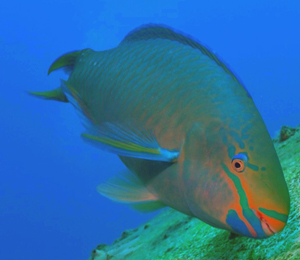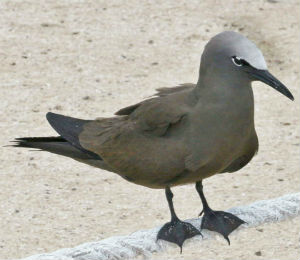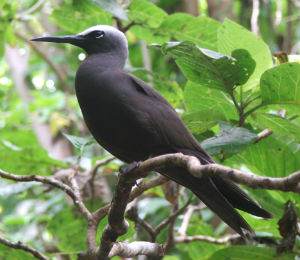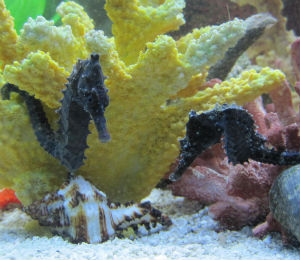The Parrotfish (Scarus viridis) is called by many names in the Caribbean, including: moontail, red belly, stoplight parrotfish, and dark green parrotfish. For those Key West snorkeling during the day, the fish is a common sight around coral reefs. The fish is easy to spot, not only because of its unique green body and orange stripes, but also because it swims using its pectoral fins.
Adult parrotfish have a greenish-coloration with orange bands marking up the top part of its head. The adults vary greatly from young parrotfish, which have a mottled reddish-brown coloration interspersed with white scales. As the fish grows into its juvenile stage, the fish acquires a pale belly and stripes of white scales.
The fish grows up to 22 inches and length and can weigh up to 3 ½ pounds. Before going to sleep at night, many parrotfish species in Key West create a cocoon of mucus which they use for protection. Although marine biologists are not sure why the parrotfish excretes the mucus, some theories suggest that the mucus mitigates the parrotfish’s scent, thus minimizing the chance for a nocturnal predator to sniff it out while it sleeps. Another theory is that the mucus acts as a protective cocoon, warning the parrotfish of any predatory disturbances, and giving it time to wake up, orient itself, and swim away before the predator strikes.
The fish is distinguished by its beak-like jaw, which explains the inspiration behind the name. The parrotfish is an herbivore, and uses its strong beak to break off pieces of tough coral. The fish feeds on algae that grow inside the coral polyps.
Because of its intriguing green and orange coloration, the parrotfish is a popular addition to many public saltwater aquariums, but is usually not stocked in private tanks. name. The parrotfish is an herbivore, and uses its strong beak to break off pieces of tough coral. The fish feeds on algae that grow inside the coral polyps. The fish’s unique colors and interesting feeding habits make it a favorite for tourists snorkeling around Key West.




